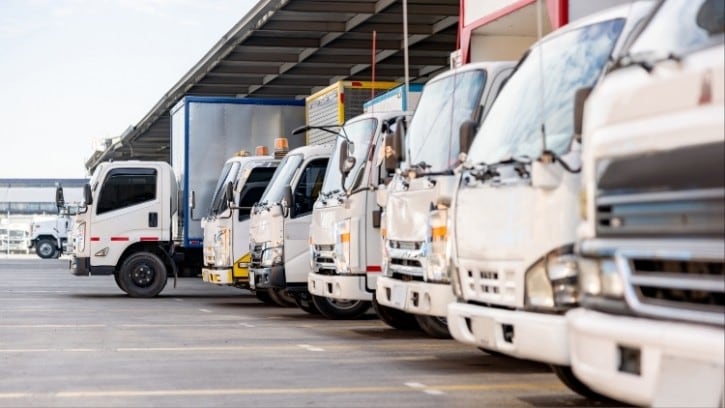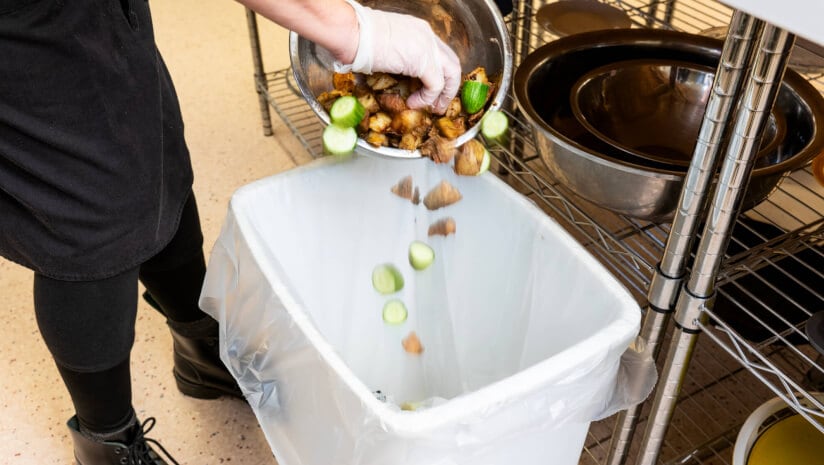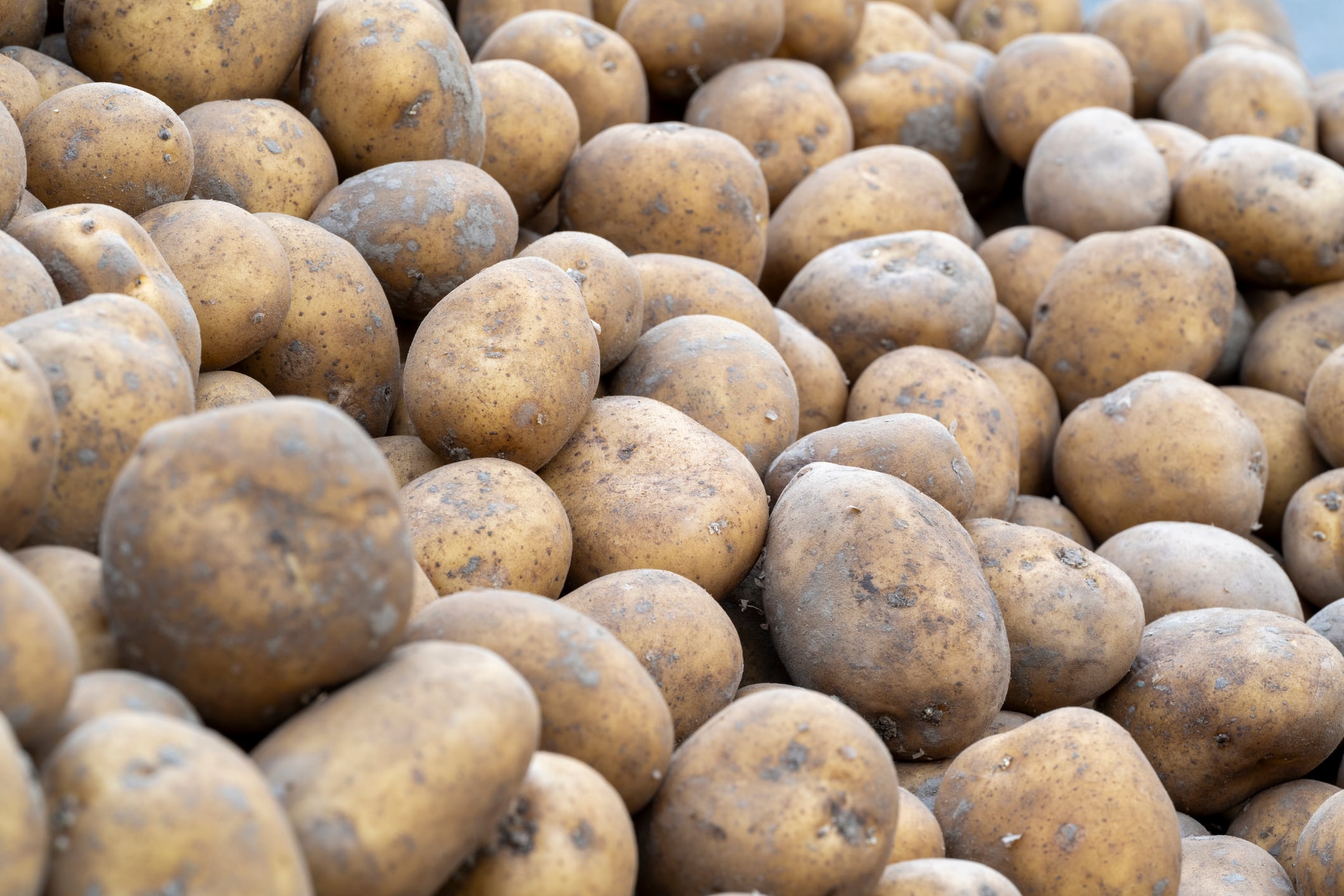From March, biofuel produced directly from Sainsbury’s food waste will be used to power half of the HGVs at the retailers Emerald Park distribution centre.
Waste processor RenECO currently works with Sainsbury’s to turn food waste that can’t be donated or used for animal feed into biogas via anaerobic digestion. Output from this circular system – biogas – will be used to create a liquid biofuel suitable for HGVs.
Unlike traditional methods that mix certified biomethane with non-renewable gases, this system ensures all fuel comes directly from Sainsbury’s waste.
Saving on emissions
The move will save Sainsbury’s more than 3,000 tonnes of carbon dioxide annually, equivalent to the yearly electricity consumption of 1,950 households.
Patrick Dunne, Sainsbury’s chief property and procurement officer, said: “Today’s announcement underscores the power that collaboration has in driving impactful change across business.
“We are proud to have worked closely with our supplier RenECO to deliver a pioneering move that supports our commitment to circularity and helps us to take a further step towards becoming net zero across our operations by 2035.”
Circular system
The circular system also allows for precise tracking of carbon emission reductions, contributing to Sainsbury’s scope 1 & 2 emission reduction target.
Sainsbury’s move towards trucks powered by food waste followed similar moves by Walkers Crisps last year.
In partnership with logistics provider Stobart, Walkers Crisps will now be transported from PepsiCo’s Leicester site to retailers using five million litres of hydrotreated vegetable oil (HVO) to fuel more than 11 million miles of UK HGV truck journeys across the remainder of this year.
Meanwhile, new mandatory food waste separation and collection laws are set to come into effect in England from 31 March 2025.
From the end of next month, all businesses (with some minor exceptions) in England will be required to comply with the new ‘Simpler Recycling’ reforms – part of wider plans by Defra to improve recycling rates and simplify waste management – while ensuring that less waste food ends up in landfill.





